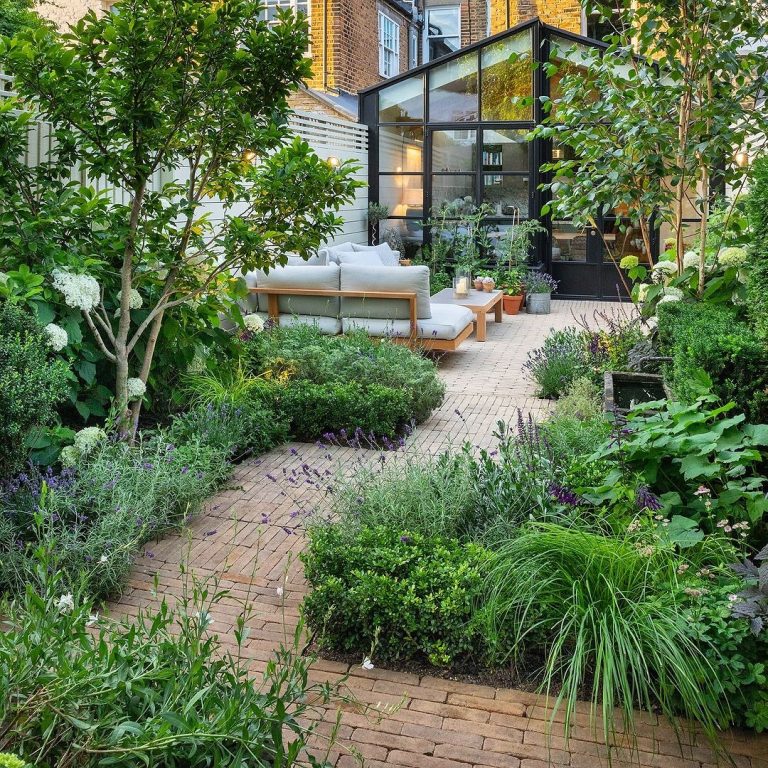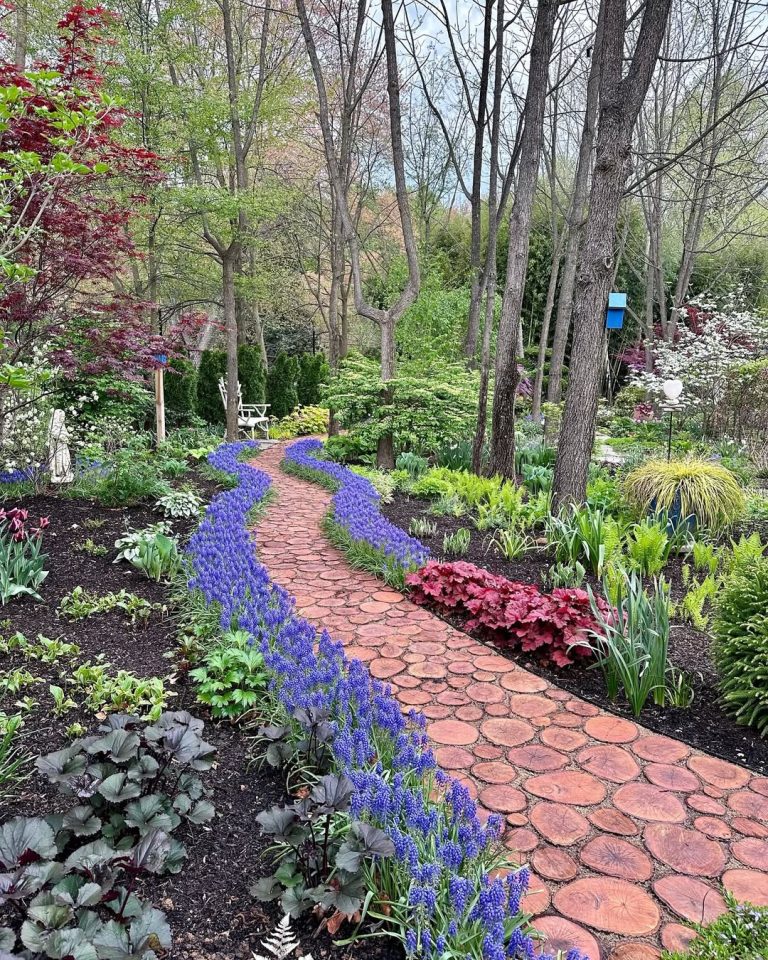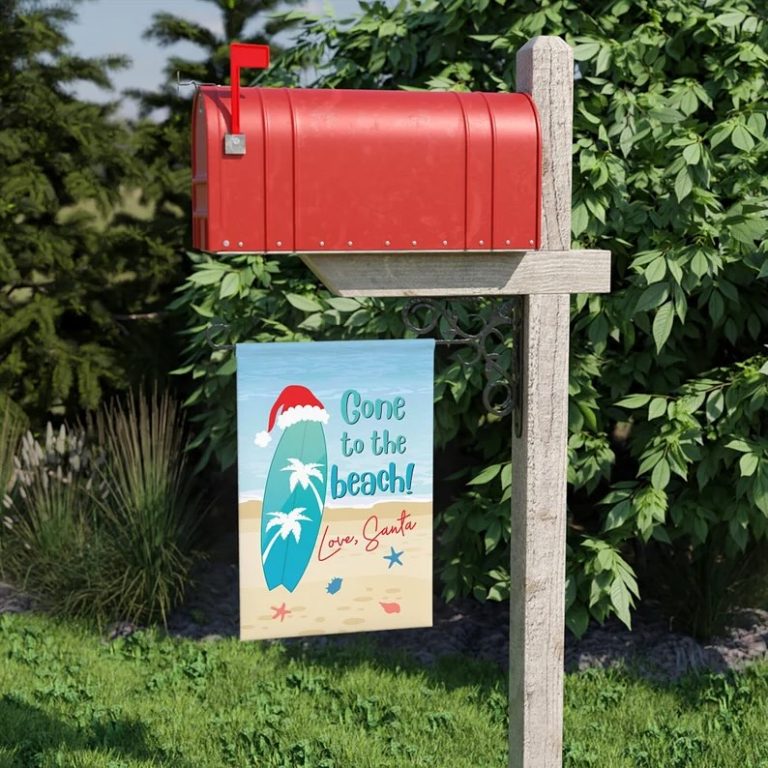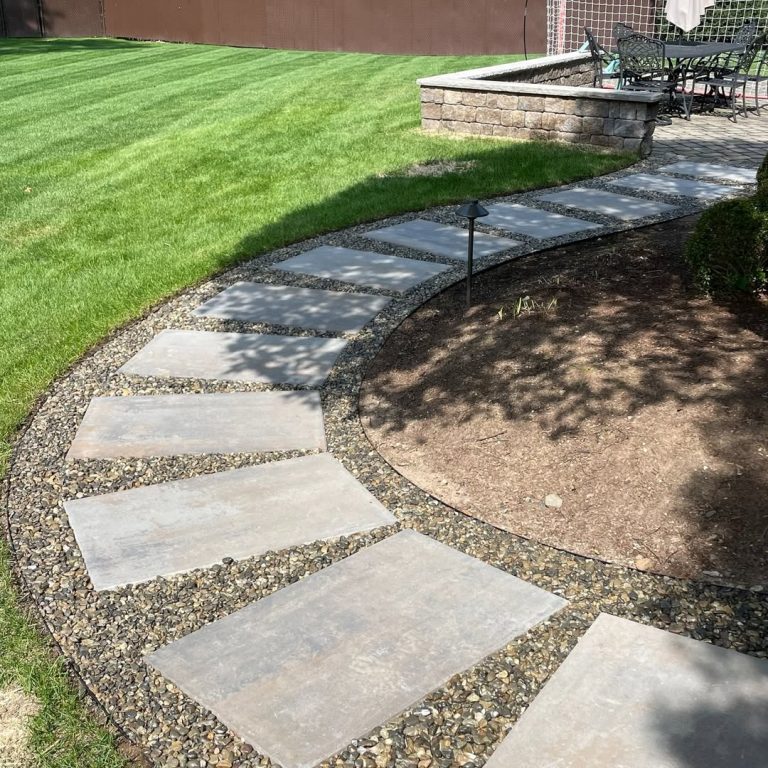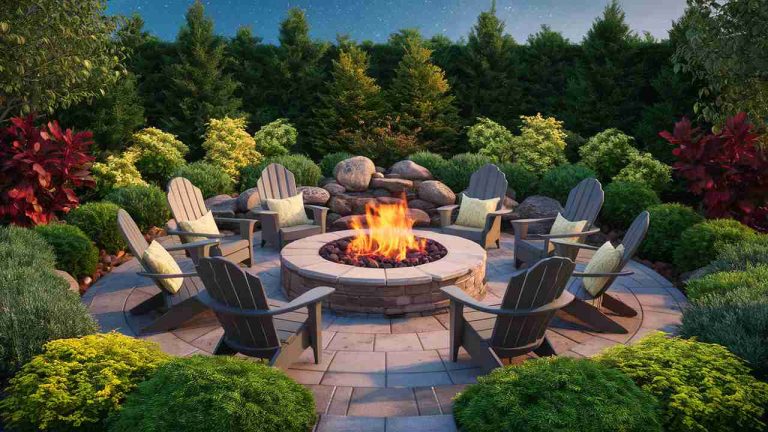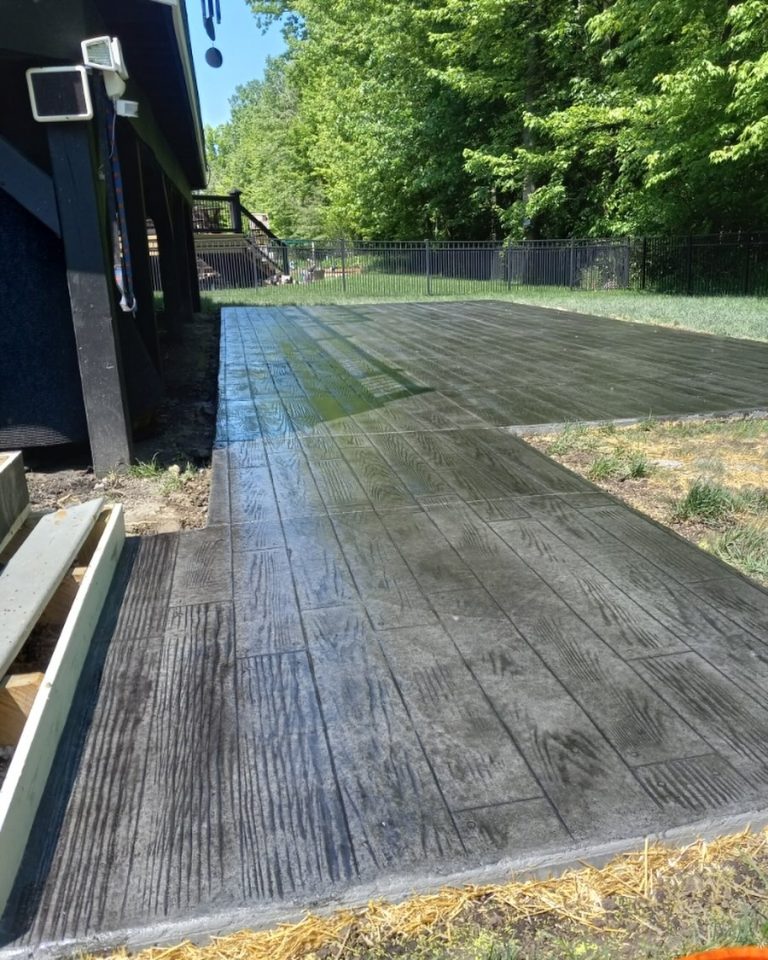15 Creative Downspout Runoff Ideas for Your Yard
Managing downspout runoff is essential to protecting your home, preventing flooding, and maintaining a beautiful landscape. If not properly managed, runoff can damage your lawn, erode soil, and even cause foundation issues. Fortunately, there are many ways to control and even beautify downspout runoff with creative landscaping solutions. Whether you want a practical solution or an aesthetic upgrade, these 15 ideas will inspire you to transform runoff into an opportunity for both beauty and function in your yard.
1. Install a Rain Garden
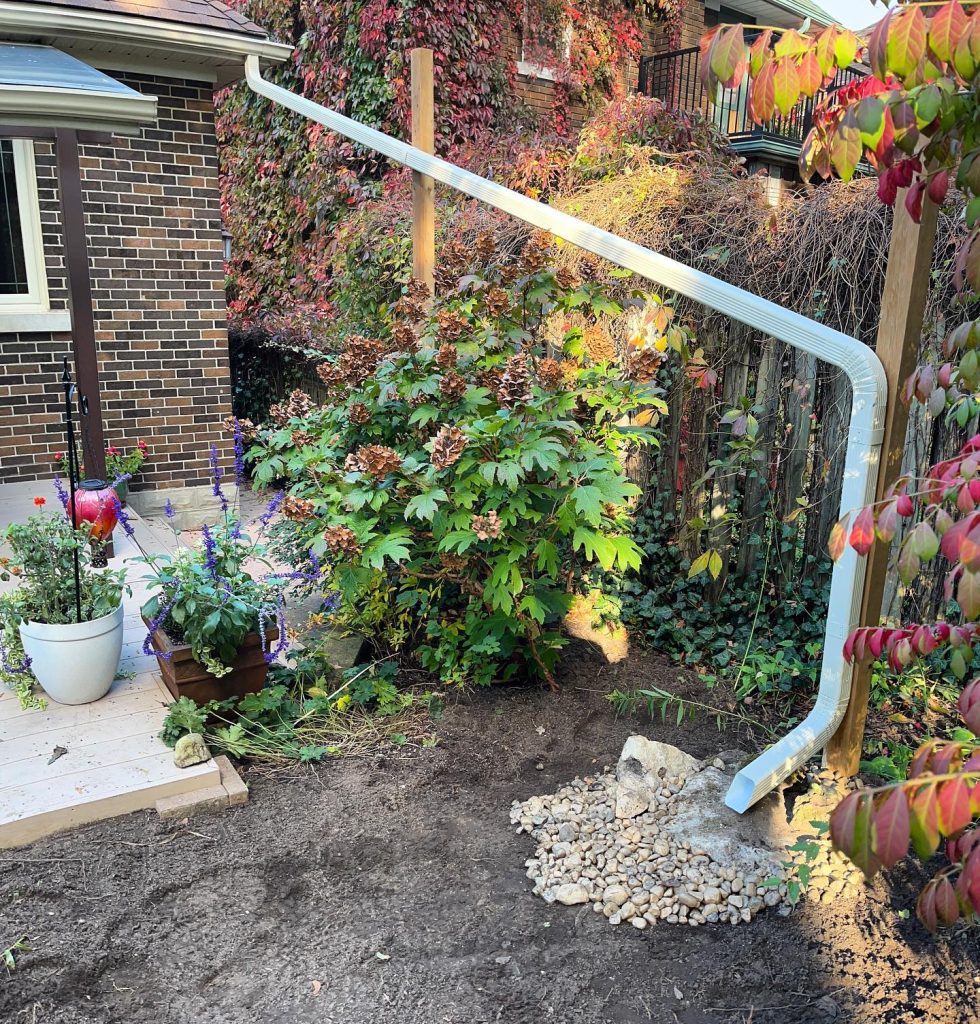
A rain garden is a low, natural depression designed to absorb rainwater runoff. By planting native, water-loving plants in the garden, the water is able to soak into the ground rather than run off. Rain gardens not only prevent erosion but also help filter pollutants from the water before it enters storm drains.
Creating a rain garden is a win-win—it’s both environmentally friendly and visually stunning. Choose plants that thrive in wet conditions, like ferns, daylilies, or marsh marigolds, which will enhance the garden’s natural beauty. Consider adding a mix of colors, textures, and heights to make the garden stand out. Plus, you can position the garden close to your downspout, which ensures the runoff flows directly into it.
A rain garden is also an easy way to contribute to local water conservation efforts and wildlife habitats. Birds and butterflies will be drawn to the garden, creating a calming oasis in your yard. When designing your rain garden, make sure to have the proper grading to direct the runoff into the garden area.
2. Create a Dry Creek Bed
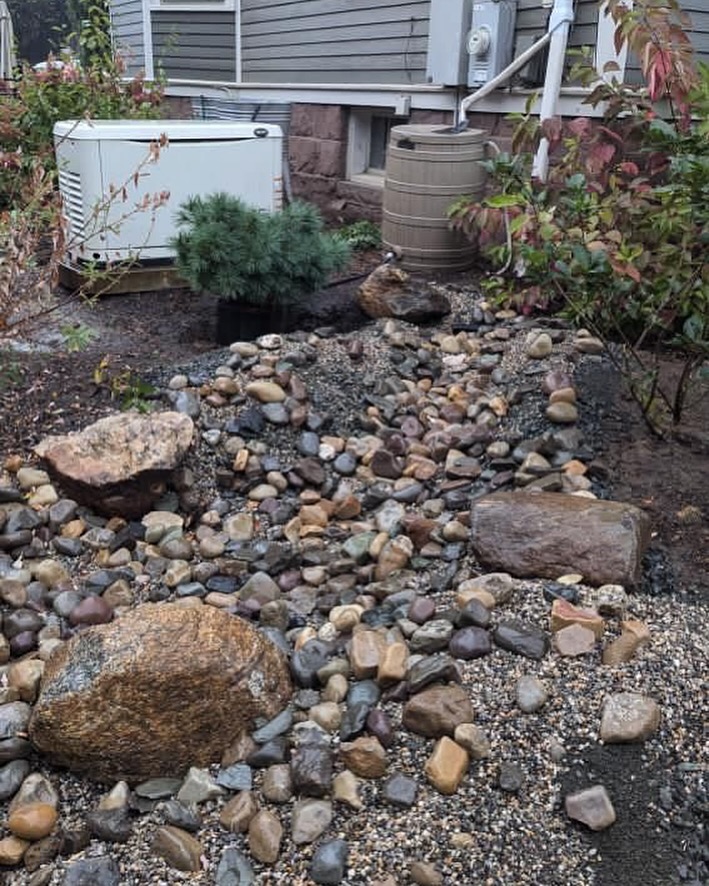
A dry creek bed is a creative and attractive way to manage downspout runoff while adding a natural aesthetic to your yard. It mimics the look of a stream or creek, providing a channel for runoff to flow through. This type of design is perfect for areas that experience frequent heavy rain but also want a visually pleasing landscape.
To create a dry creek bed, start by selecting an area where water naturally collects. Use river rocks, gravel, or cobblestones to line the creek bed, allowing water to flow naturally while providing a beautiful texture and pattern. Add plants along the edges for a more natural, integrated look—native grasses, wildflowers, and even small shrubs work well.
The dry creek bed can be customized to match the style of your garden, whether rustic or modern. You can even incorporate larger stones or boulders to give it a more dramatic effect. The key is to ensure the bed is wide enough and gently sloped to allow proper water flow, without leading to flooding.
3. Use a French Drain System
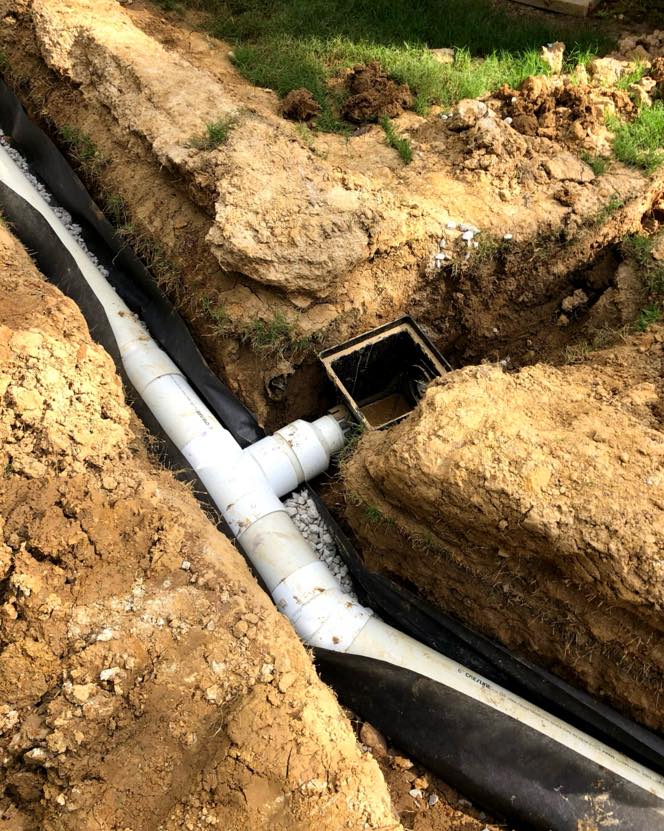
A French drain is an effective and practical solution to manage downspout runoff. This system redirects water away from your foundation and into a designated area, like a garden bed or a stormwater drain. It’s composed of a perforated pipe buried in a trench, surrounded by gravel, which allows water to seep through and flow away from your home.
Installing a French drain is a long-lasting solution to water drainage issues. It works by catching the water from your downspout, then channeling it through the pipe and away from your foundation. Not only will this prevent potential flooding and water damage, but it will also reduce the risk of soil erosion around your home.
While the system is effective, it can be a bit more complex to install compared to other runoff solutions. If you’re a DIYer, ensure you have the right materials, such as perforated piping and proper drainage gravel. Consider consulting with a professional if you’re unsure about installation, especially if your yard has complex drainage issues.
4. Build a Rain Barrel Collection System
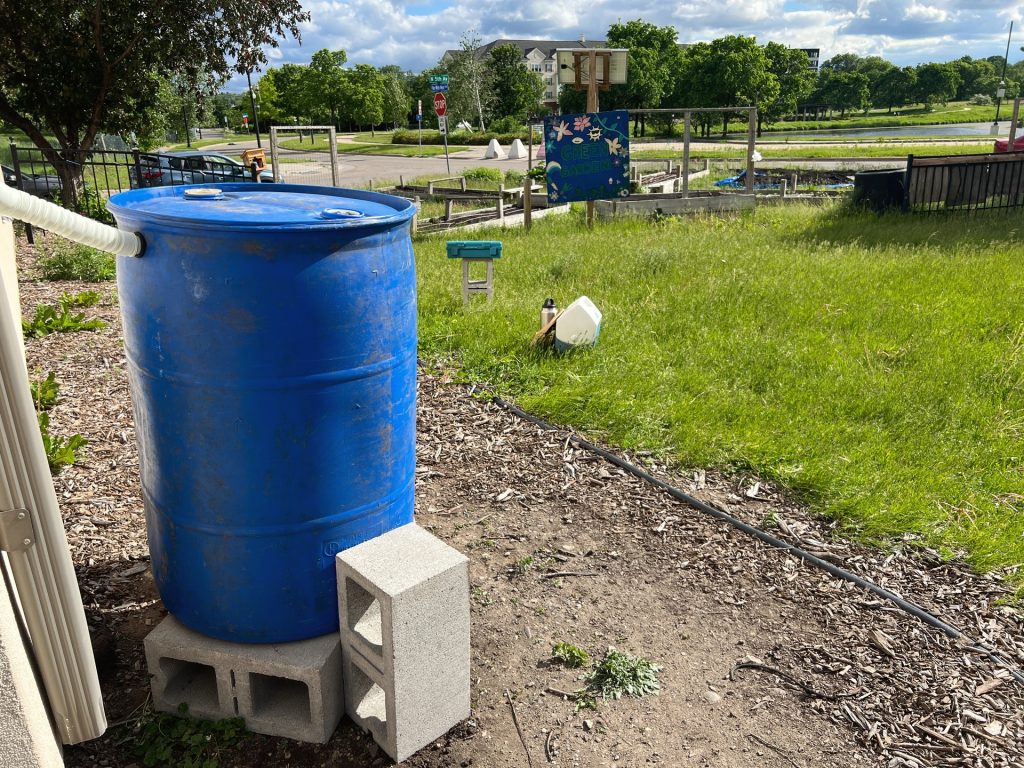
Rain barrels are a simple and eco-friendly way to collect and store downspout runoff for later use. This stored water can be used for gardening, lawn care, or other outdoor activities, reducing your water bill and providing a sustainable way to use natural resources.
To set up a rain barrel, attach it to your downspout using a downspout diverter. Most rain barrels are made from durable, UV-resistant plastic, and they come in various sizes and designs. Some even have decorative elements to match your home’s aesthetic.
When installing your rain barrel, make sure it’s elevated slightly off the ground to allow for easy water access. You can connect multiple barrels for larger capacity or add a spigot for convenient water flow. If you live in an area with freezing temperatures, be sure to winterize your rain barrel to prevent damage.
5. Incorporate Decorative Downspout Splash Guards

Splash guards are a simple yet effective way to redirect runoff from your downspout while adding an artistic touch to your yard. These guards come in various styles, from sleek, modern designs to more whimsical, ornate options.
Splash guards work by guiding water away from the base of your downspout, helping to prevent erosion and soil compaction in the immediate area. They can also keep water from splashing against your home’s foundation, which could lead to moisture problems over time.
Choose a splash guard design that complements your outdoor decor, whether it’s a copper design that adds a vintage charm or a minimalist metal design for a modern look. For a creative touch, you can even craft a custom splash guard using materials like stone or wood.
6. Use Gravel to Redirect Water

Gravel is an excellent material for directing downspout runoff while maintaining a natural, low-maintenance landscape. When placed strategically, gravel can guide water away from your foundation or flower beds and direct it into areas where it can be absorbed, such as a garden or dry creek bed.
One of the best ways to use gravel is to create a path or channel along your downspout. The gravel allows water to flow freely, while preventing puddling and erosion in the surrounding area. You can choose from different sizes and colors of gravel to match the style of your yard. For a more durable solution, consider mixing the gravel with sand for better stability and drainage.
Gravel is ideal for both flat and sloped yards, as it allows water to flow naturally in whichever direction you choose. It’s a versatile and aesthetically pleasing option for homeowners looking to manage runoff with minimal effort.
7. Install a Gutter Extension
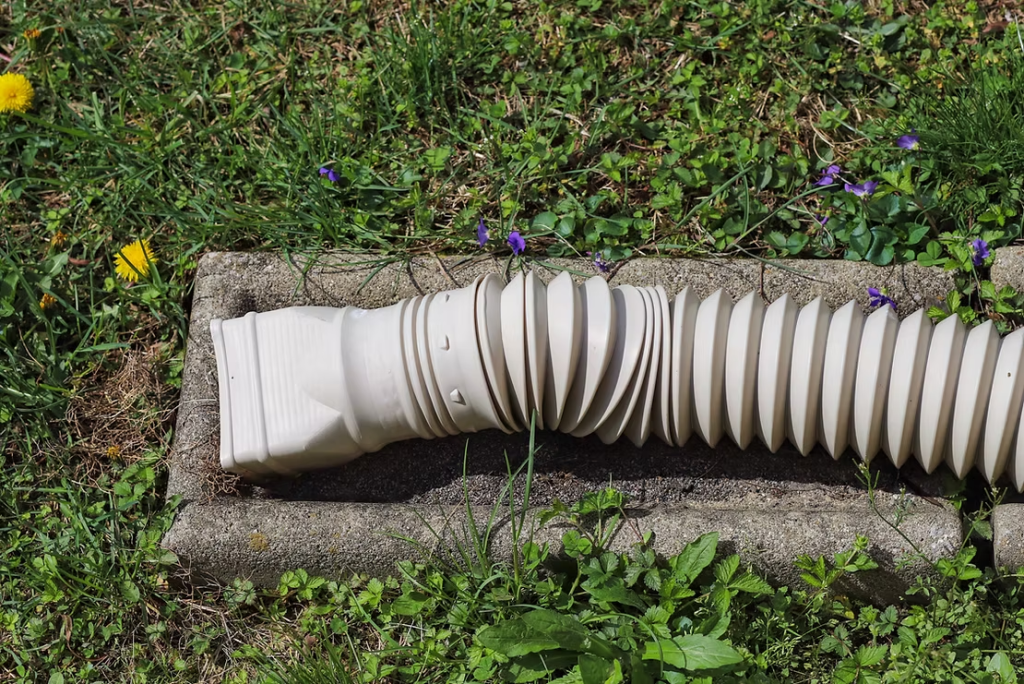
A gutter extension is one of the simplest and most effective ways to manage downspout runoff. These extensions are typically made of flexible or rigid plastic or metal and can be attached to the end of your downspout to redirect water further away from your home.
Gutter extensions work by lengthening the reach of your downspout, allowing water to flow into a more desirable location, such as a garden bed, lawn, or rain garden. They are particularly useful for preventing water from pooling around your foundation and causing erosion or flooding.
Installing a gutter extension is a quick DIY project. Simply measure the length of the area you want to divert water away from and purchase the appropriate extension. Extensions can also be curved or bent to follow the natural contours of your yard, making them easy to integrate into your landscaping.
8. Create a Green Roof for Water Absorption
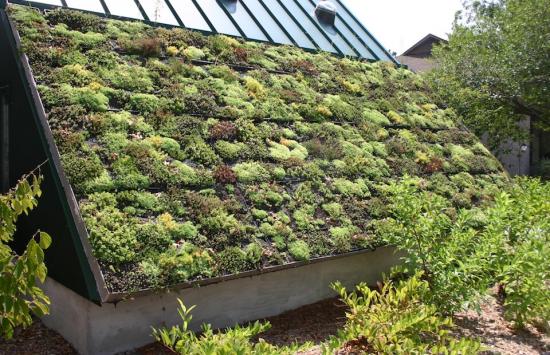
A green roof is an innovative way to handle downspout runoff while contributing to your home’s energy efficiency and aesthetic appeal. A green roof is essentially a rooftop garden that absorbs rainwater, preventing runoff from even reaching the ground.
This is a more advanced solution but is increasingly popular for urban dwellers with limited space. The system consists of a waterproof membrane, drainage layers, and a planting medium to support vegetation. The roof is then planted with grass, flowers, or even shrubs to absorb water.
A green roof not only helps manage runoff but also provides insulation, reduces urban heat island effects, and increases biodiversity. If you live in an area with regular rainfall, this can be a fantastic way to improve your home’s sustainability while also adding a unique, eco-friendly design element.
9. Plant Groundcover for Water Management
:strip_icc():format(webp)/showy-evening-primrose-f6aef508-94bfdcf6cee74cfda81db556fdb692cd.jpg)
Planting groundcover is an easy and effective way to manage downspout runoff while enhancing the beauty of your landscape. Groundcover plants help absorb water and prevent soil erosion, making them an ideal solution for areas prone to runoff.
Groundcovers like clover, creeping thyme, or sedum are perfect for absorbing excess water, especially in areas where grass might not grow well. These plants are also low-maintenance, making them a great choice for busy homeowners who want a hands-off solution.
Additionally, groundcover plants help maintain the integrity of your landscape by stabilizing the soil. They can be planted along paths, around trees, or under shrubs, providing both practical runoff management and aesthetic appeal.
10. Design a Porous Patio Area
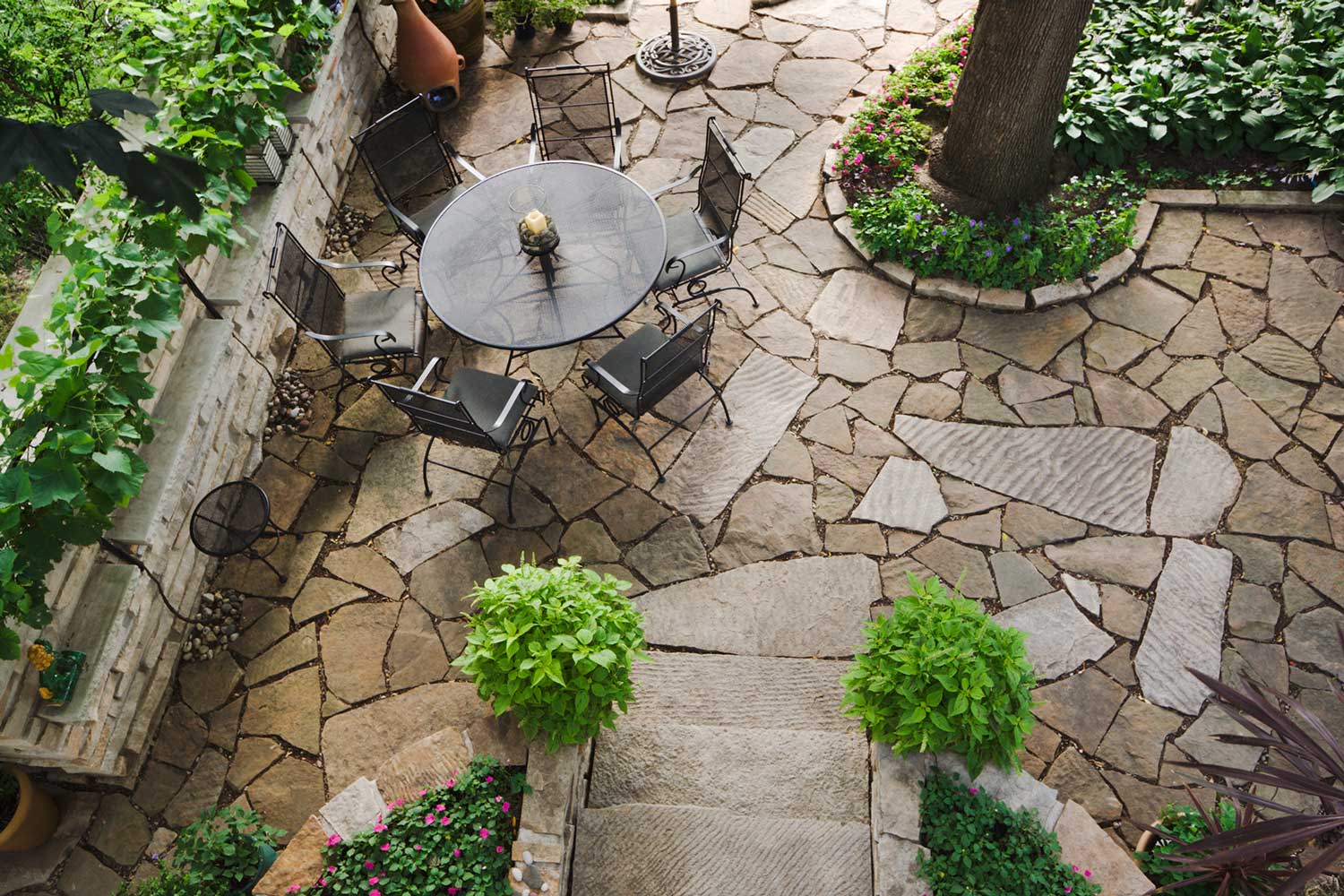
A porous patio is another innovative way to manage downspout runoff while creating a functional outdoor space. Porous materials, like permeable pavers or gravel, allow water to flow through rather than pooling on top. This design is perfect for homeowners who want to create a beautiful patio while preventing water buildup.
Permeable pavers come in various shapes and sizes and can be installed in any outdoor space. They are ideal for patios, driveways, and pathways where runoff is a concern. The gaps between the pavers allow water to be absorbed into the ground, reducing erosion and helping to maintain a clean, dry surface.
Not only will a porous patio manage runoff effectively, but it will also provide a modern, stylish space for relaxation or entertainment. You can pair your patio with comfortable outdoor furniture and decorative elements to complete the look.
11. Install a Dry Well
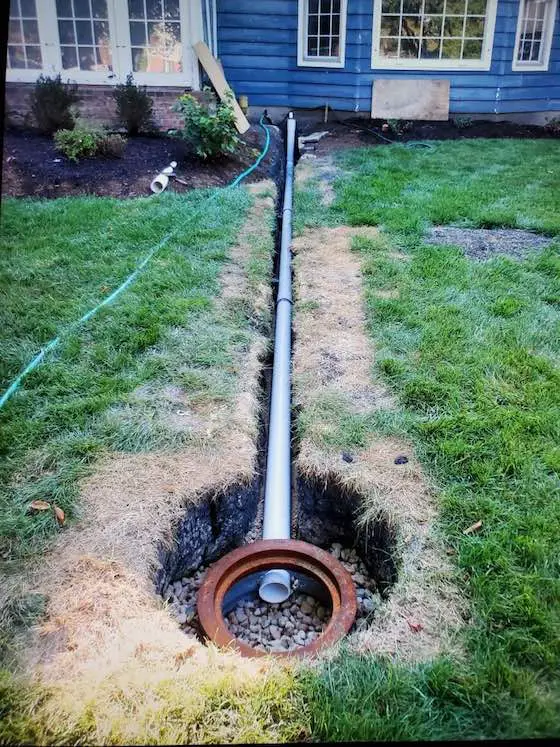
A dry well is an underground solution to managing downspout runoff. It works by collecting excess water from your downspouts and allowing it to slowly seep into the ground, rather than creating puddles around your foundation. This system is particularly useful for areas where runoff tends to pool and cause flooding, as it provides an unobtrusive method for water management.
To install a dry well, dig a large hole where runoff tends to collect. Line the hole with a perforated pipe and fill it with gravel to allow water to flow through easily. Once installed, the water from your downspout will be funneled into the dry well, where it will gradually filter into the surrounding soil. This solution is highly effective at preventing flooding, erosion, and water damage to your property.
Dry wells work best in areas with well-draining soil and are often used in conjunction with other drainage systems, such as French drains. They are a long-lasting, low-maintenance option for homeowners looking for an efficient way to deal with excess water.
12. Add a Water Feature or Pond
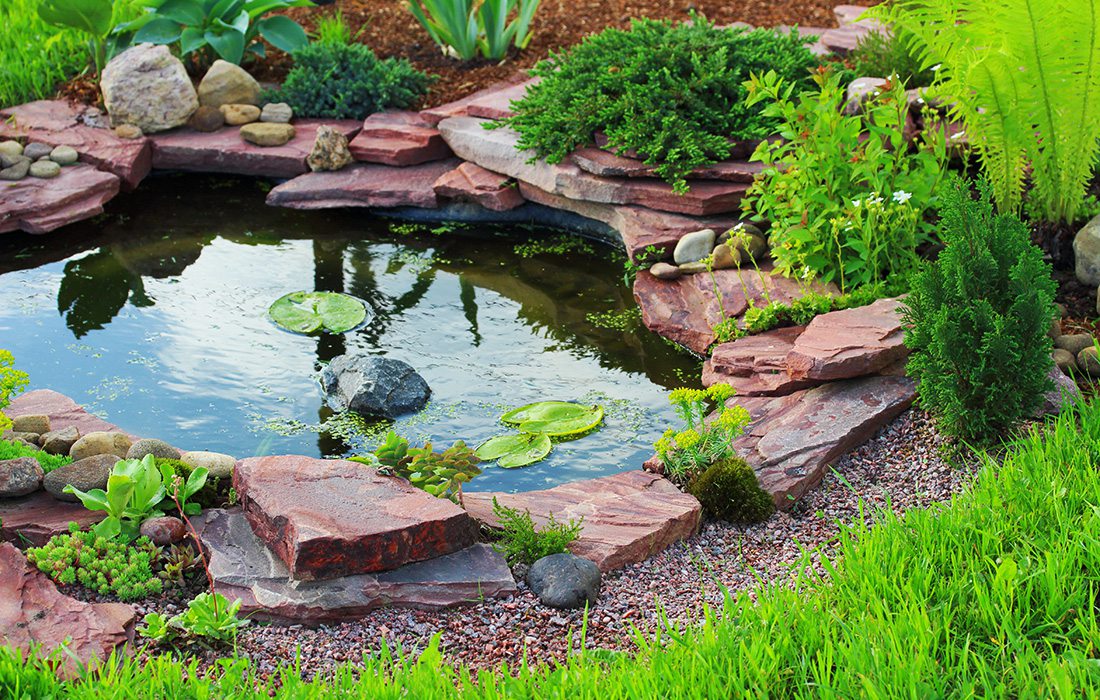
A pond or water feature is an aesthetically pleasing way to manage downspout runoff. Not only does it provide a focal point for your landscape, but it also serves as a natural runoff reservoir. By incorporating a pond into your garden or backyard, you can direct water into the feature, where it can either be stored or allowed to evaporate.
To create a water feature, start by selecting a location that naturally collects runoff. Dig a pond or install a small fountain to catch the water. The size of the pond will depend on the amount of runoff you want to manage. Adding aquatic plants, such as water lilies, and decorative elements like rocks or statues will enhance the visual appeal of the pond.
Water features can also serve as a habitat for local wildlife, attracting birds, butterflies, and frogs to your garden. Additionally, the sound of flowing water adds a tranquil, calming atmosphere to your outdoor space. If you want to take it a step further, consider adding a filtration system to maintain clean water and reduce algae growth.
13. Build an Elevated Pathway or Bridge

Building an elevated pathway or bridge is an elegant solution to managing downspout runoff while creating a visually striking feature in your yard. Elevated pathways allow runoff to flow beneath the structure, preventing water from pooling on the ground below. This option works well in areas with sloped terrain or where water tends to accumulate in certain spots.
The design of the pathway or bridge can be tailored to fit your backyard’s style, whether you prefer a rustic wooden bridge or a sleek, modern stone path. The pathway can connect different areas of your garden or lead to a water feature, such as a pond or dry creek bed. Elevated pathways are particularly useful for creating a visually appealing solution for runoff while also maintaining accessibility and ease of movement through your garden.
In addition to managing water, an elevated pathway adds dimension and depth to your outdoor space. You can even integrate lighting along the pathway for a magical effect during evening hours. This functional and artistic solution will make a beautiful addition to your landscape.
14. Set Up a Rain Chain
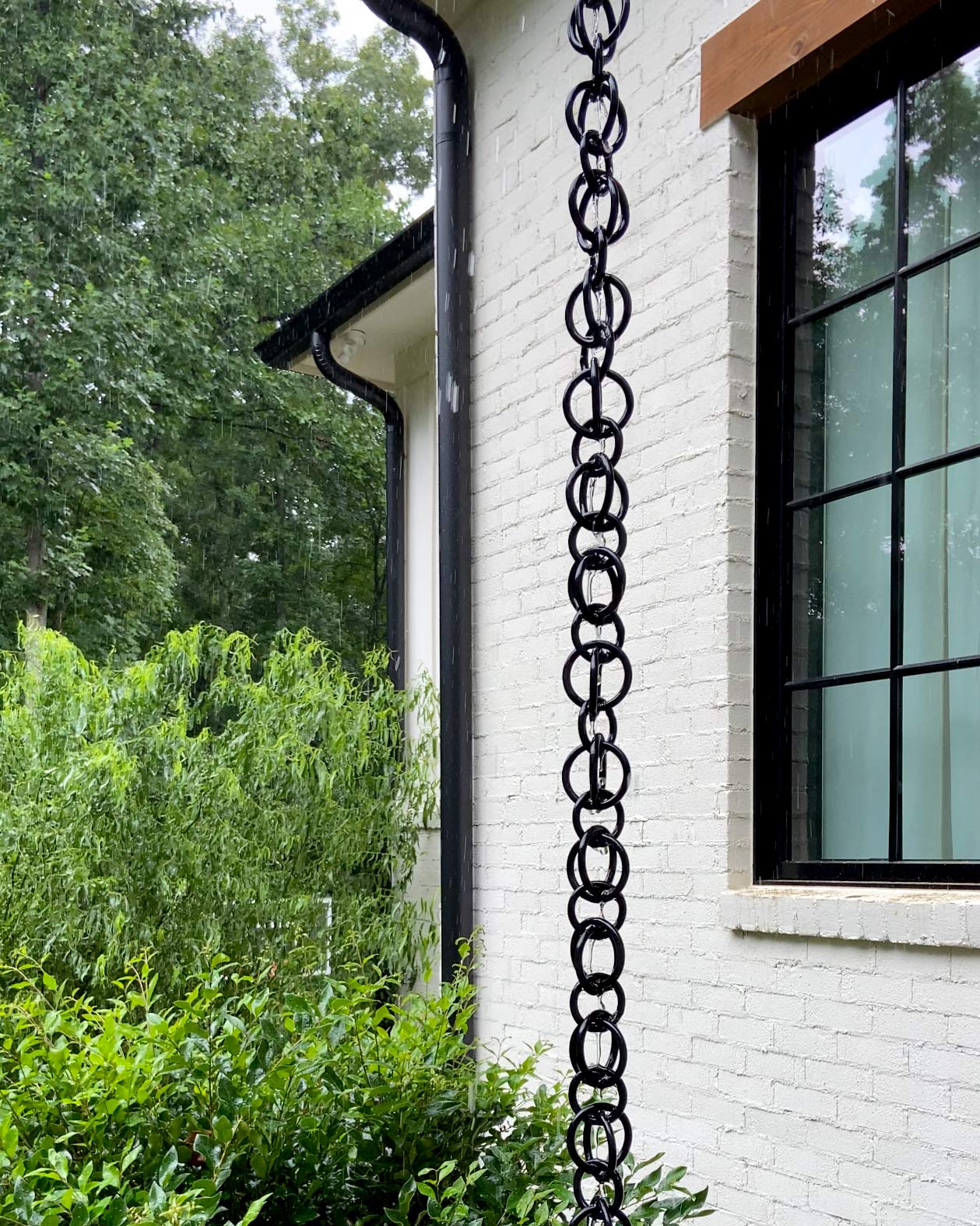
Rain chains are an elegant and artistic alternative to traditional downspouts. Instead of water running through a standard pipe, rain chains use a series of linked cups, chains, or funnels to guide water from the roof to the ground. They not only manage runoff effectively but also create a beautiful visual effect as water cascades down the chain, providing a soothing, natural sound.
Rain chains can be designed in many styles, from simple metal links to decorative ceramic cups, allowing you to match the chain to your outdoor aesthetic. Installation is easy, as rain chains typically replace your existing downspout, allowing water to flow through the chain into a decorative basin or garden bed below.
Besides their practical function, rain chains add a unique touch to your home’s exterior. They can be customized to fit any style—whether modern, rustic, or traditional. And because rain chains come in different materials like copper, aluminum, or brass, they can develop a beautiful patina over time, further enhancing their charm.
15. Create a Vegetative Swale

A vegetative swale is a landscaping feature designed to channel water while promoting absorption and filtration. A swale is essentially a shallow, broad ditch planted with grasses, flowers, and other vegetation that helps absorb runoff. It’s an eco-friendly solution that prevents erosion, enhances water quality, and adds greenery to your yard.
To create a swale, dig a trench along the path of your downspout, making sure it’s slightly sloped so that water can flow through. Line the swale with a variety of plants that thrive in wet conditions, such as native grasses, sedges, or even shrubs. The plants help to slow the flow of water and absorb excess runoff, reducing the risk of flooding in your yard.
A vegetative swale is a natural way to manage runoff and can be designed to complement the overall landscape. It’s an ideal solution for larger yards or those with sloped terrain, where water can easily flow across the landscape. In addition to its practical benefits, a vegetative swale enhances your garden with its beautiful greenery and colorful blooms.
Conclusion
Managing downspout runoff is crucial for maintaining a healthy and aesthetically pleasing landscape. The 15 ideas explored in this article offer a range of solutions, from simple DIY projects to more elaborate designs, all of which can help you control runoff, prevent erosion, and enhance your yard’s appearance.
Whether you’re looking for a functional solution like a French drain or a more decorative feature like a rain chain or water feature, there’s a solution for every style and budget. The key is to choose a method that works for your yard’s unique needs, while considering the overall design and functionality of your outdoor space.
By incorporating one or more of these downspout runoff ideas, you can protect your home’s foundation, prevent flooding, and create a beautiful, sustainable landscape. So, take the plunge—whether you’re tackling runoff in your front yard or transforming your backyard into a runoff masterpiece, these ideas will help you create a space that’s both practical and picturesque. Happy landscaping!

